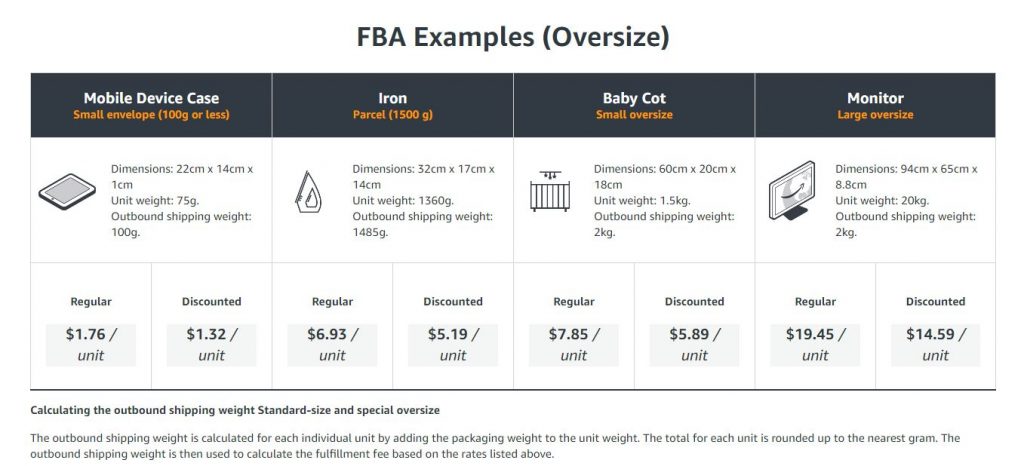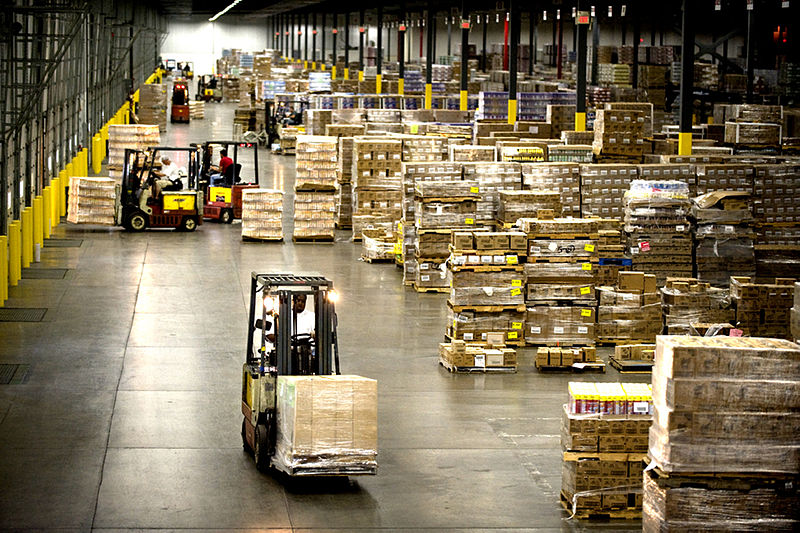Amazon’s entry into Australia was not a quiet one – it shook the foundations of the eCommerce and retail world.
Their launch had business owners worrying whether they’d survive the storm.
Yet surprisingly, Amazon has yet to make the cataclysmic effect on businesses that people were expecting.
However, their entrance did bring their distribution network into the hands of savvy entrepreneurs.
You may have heard of it – it’s called Fulfilment by Amazon (FBA).
It has been around in the U.S. and U.K. for some time. Some have successfully built great lifestyles for themselves with the passive income generated by their FBA businesses.
This opportunity is now also available in Australia.
But, is the FBA model everything it’s cracked up to be?
To answer this, we’ve put together a comprehensive overview of the FBA service.
But before getting started, here are the essentials of what you must know before you begin using the Fulfilment By Amazon service.
Basic Overview of Fulfilment by Amazon
Simply put, Fulfilment by Amazon (FBA) lets merchants avoid the hassle of logistics, while tapping into their huge user-base.
Amazon handles the warehousing, distribution and customer service.
Once you’ve sent your products over to Amazon’s warehouses, they assume total responsibility from here onward.
This is similar to dropshipping (to an extent), except Amazon also handles returns, refunds and customer service as well.
Fulfilment by Amazon – Fees
Amazon’s fee for the Fulfilment by Amazon service vary depending on your product.
They charge two types of fees:
- A Fulfilment fee – which is charged for the shipping and handling of the product. This is charged on a “per unit” basis and varies according to size and weight.
- A Storage fee – which is charged for the warehousing of the product. This is charged on a “per cubic metres per month” basis.
Because prices vary depending on your product, we recommend checking FBA fees on Amazon’s website.
Below are some examples of fees, based on differing product sizes and weights
You can also have your products returned to you or disposed by Amazon. There are some fees associated with this:
- Returns: $0.65 per unit, Standard Size | $0.75 per unit, Oversize
- Disposal: $0.15 per unit, Standard Size | $0.20 per unit, Oversize
Pros and Cons of Fulfilment by Amazon
There a many pros and cons of using the Fulfilment by Amazon service.
Here are few of the major ones.
Pros:
- Eliminates handling the warehousing, fulfilment and customer service aspects of your business. You’ll be able to leave these in Amazon’s capable hands so you can focus on selling your products. This is great for those who don’t want to deal with the logistics of an online business.
- Integrates with multiple other channels such as Shopify and WooCommerce.
- Your customers will be eligible for free delivery for orders over $49, which will make them happy.
- Your business will gain access to Amazon’s massive audience. It is possible for Amazon’s audience alone to make your business prosper with no additional marketing.
- Amazon has stated they have intentions to release the Prime service in Australia. This means your customers will be able to get all the benefits of being a Prime member while ordering products from your business.
Cons:
- FBA fees can get very pricey for sellers with heavy / bulky products. You’ll generally need either enough profit margin to cover fees or high volume product.
- You will have to meet up to Amazon’s standards of operations and comply with their strict rules. For example, you’ll have to package your goods in the way Amazon demands using their serial numbering system.
- Getting your products over to Amazon can be tricky because they use a strict bar code system that you have to comply with.
- Because you are completely dependent on Amazon’s logistics, it is possible for distribution to be delayed during extremely busy periods like Christmas.
- Difficult to build a brand because you essentially become a “reseller” for Amazon.
- Can’t capture emails, use Facebook Pixels or other useful insight software like heatmaps.
- Extremely competitive. Lack of ability to build branding often means that lowest priced product wins the customer.
- If you don’t sell all of your inventory (which can often be the case if you sell a wide range of products), you will have to continue paying for the warehousing costs.
Basically, the major advantage is that you won’t have to deal with any logistics and you have access to Amazon’s massive user-base.
But the downside is that you lose almost all control over the selling process and have to comply with all of Amazon’s systems.
The other “in-between” option is to use the “Seller Fulfilled” service, which allows merchants to fulfil their own products.
You can put your products on Amazon’s marketplace and have access to the user-base, but you’ll have to fulfil orders yourself.
What Kind of Business is Fulfilment by Amazon Suitable for?
We would recommend Fulfilment by Amazon to intermediate to advanced entrepreneurs who have some experience selling on the internet.
The FBA business model can be attractive due to its potential for making significant passive income. But it comes with pitfalls that may be more stressful than its worth, for newer entrepreneurs.
For one, you will have to be confident you can overcome Amazon’s hefty fees for warehousing and fulfilment. This can be achieved by selling high margin or high volume products (that move fast).
Many smaller entrepreneurs who use FBA, opt to sell products in specific niches. This allows them to bypass some of Amazon’s heavy competition while also taking advantage of the massive user-base and logistics.
The warehousing fees also means there is a cost of holding onto unsold inventory.
This contrasts the dropshipping model, which has no inventory costs since products are only shipped out when they are sold.
So overall, we would recommend the FBA model to experienced entrepreneurs who have a proven model and product that they know will sell.
Otherwise, there is a significant risk involved and can quickly become a nightmare for less experienced business owners.


